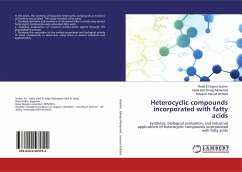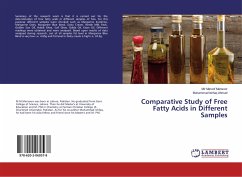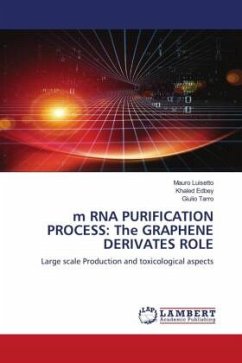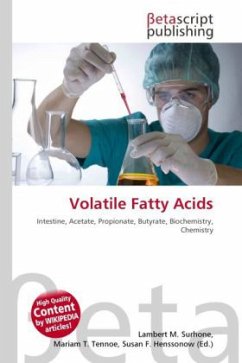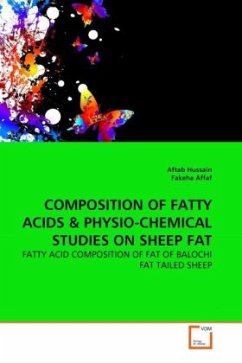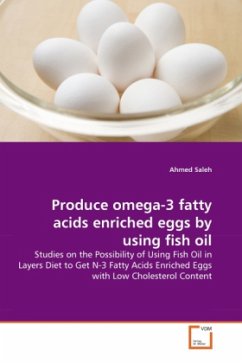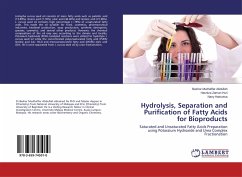
Hydrolysis, Separation and Purification of Fatty Acids for Bioproducts
Saturated and Unsaturated Fatty Acids Preparation using Potassium Hydroxide and Urea Complex Fractionation
Versandkostenfrei!
Versandfertig in 6-10 Tagen
24,99 €
inkl. MwSt.

PAYBACK Punkte
12 °P sammeln!
Jatropha curcas seed oil consists of main fatty acids such as palmitic acid (13.89%), stearic acid (7.16%), oleic acid (46.40%) and linoleic acid (31.96%). J. curcas seed oil contains high percentage (~78%) of unsaturated fatty acids. This made the oil suitable for food, cosmetics, pharmaceutical industries, biodiesel production, soap production, synthetic detergents, greases, cosmetics, and several other products. However, the chemical compositions of the oil may vary according to the climate and locality. Potassium hydroxide (KOH)-catalyzed reactions were utilized to hydrolyze J. curcas seed...
Jatropha curcas seed oil consists of main fatty acids such as palmitic acid (13.89%), stearic acid (7.16%), oleic acid (46.40%) and linoleic acid (31.96%). J. curcas seed oil contains high percentage (~78%) of unsaturated fatty acids. This made the oil suitable for food, cosmetics, pharmaceutical industries, biodiesel production, soap production, synthetic detergents, greases, cosmetics, and several other products. However, the chemical compositions of the oil may vary according to the climate and locality. Potassium hydroxide (KOH)-catalyzed reactions were utilized to hydrolyze J. curcas seed oil while the concentrated polyunsaturated fatty acid (PUFA) linoleic acid (LA; 18:2) and monounsaturated fatty acid (MUFA) oleic acid (OA; 18:1) were separated from J. curcas seed oil by urea fractionation.





